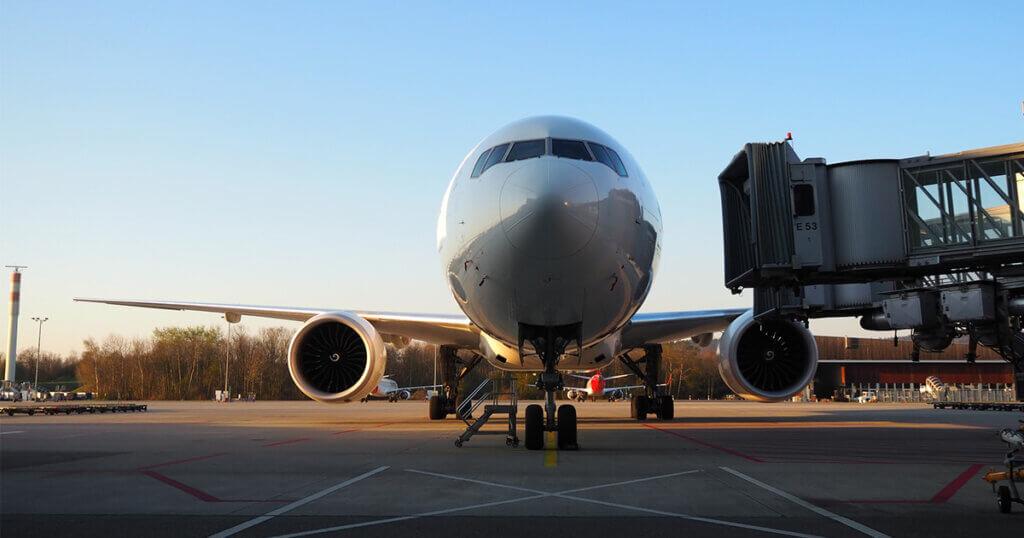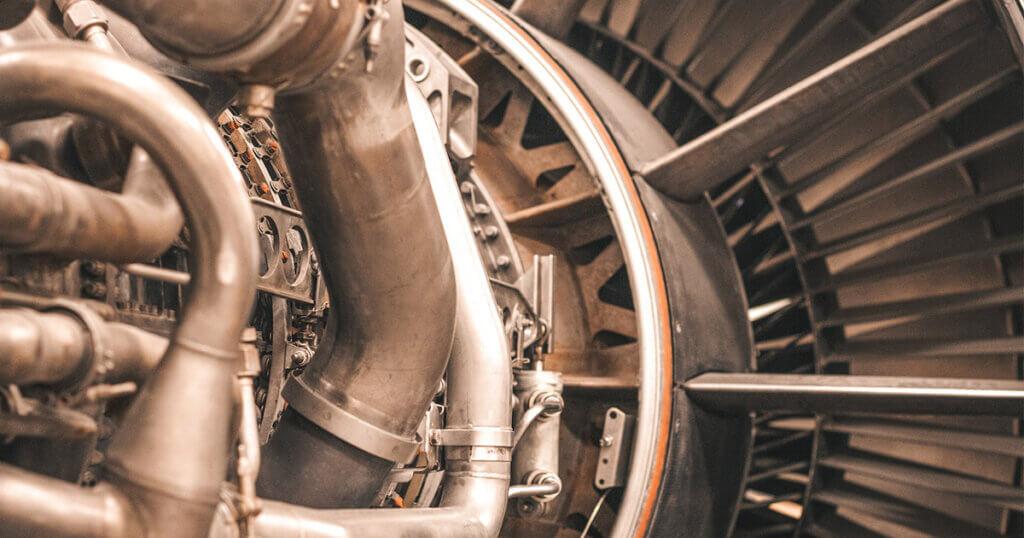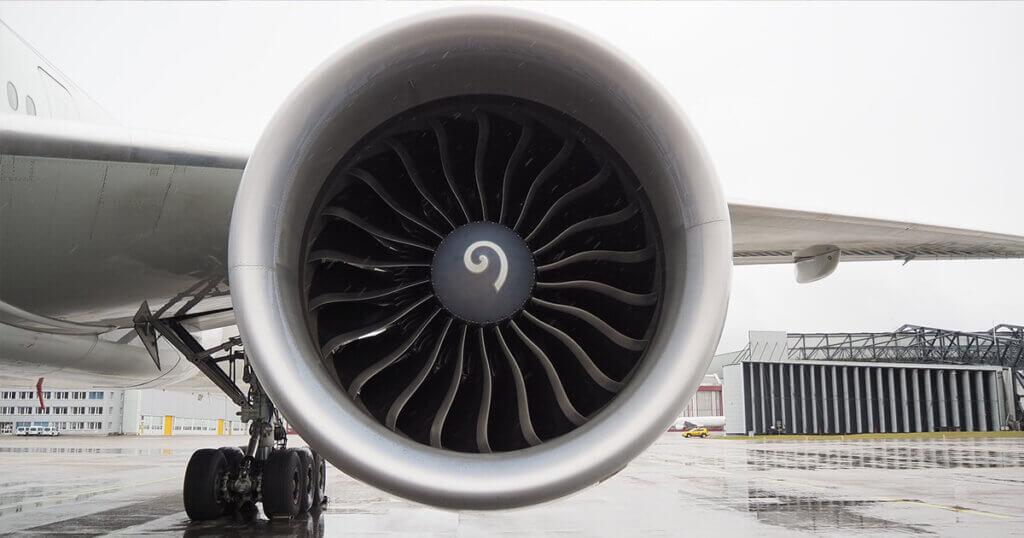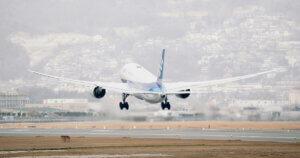
Code Blue
Code Blue in Flight Blog What is a Code Blue in aviation? Code Blue is the term used to refer to time-dependent health incidents, that is, those in which every
As impossible as it may seems, it is possible for a plane to fly without engines.
Commercial aircrafts engines cost between 7 and 18 million euros depending on their size and characteristics. This high cost is largely due to its great reliability. However, if an engine failure in mid-flight still occurs, the aircraft can continue its flight for a quite considerable time and get a safe landing.

An engine failure is something that can happen. Yet, the present rate is 1 per-200,000 operating hours, that is to say, one failure every 22 years of uninterrupted operation.
Even so, and although it is safest to deviate or return to the nearest airport, with an engine failure the plane still can fly. But what if failure affects all engines? Would the plane plummet? The answer is NO.
Planes fly thanks to their wings that give them support. So, if the engines stop the plane can still glide. In this case, for an aircraft to be controllable and not fall it is necessary to keep it above a certain speed so that air flows through wings and control surfaces. This speed can be achieved without engines by exchanging altitude for speed. Thus, the difference between having one or more engines or none is that, with no engines, the aircraft has no ability to maintain or gain altitude and must exchange it for speed.
Imagine a two-engine aircraft, one on each wing. With the two engines running, there is an equal pushing forward force. With an engine failure, an imbalance of forces would occur between the aircraft’s sides causing it to rotate slightly to the side of the inoperative engine.
However, both human and automatic pilot can counteract this effect by moving the rudder in the aircraft’s tail. In this way, the motor-less aircraft could remain on a straight trajectory and veer to both sides, descending gradually -gliding- in a controlled flight.

To the surprise of many, the gliding capacity of a commercial aircraft is quite high. This is due to its aerodynamic shape, designed to offer the least possible resistance for a maximum fuel saving.
By regulation, any two-engine commercial passenger aircraft must be capable of flying a minimum of 60 minutes with the power of a single propellant.
On 24 August 2001, Air Transat flight 236 on its route from Toronto (Canada) to Lisbon (Portugal) ran out of fuel over the Atlantic Ocean due to a leak. The aircraft had to divert to the nearest airport by gliding its way for an emergency landing in the Azores. This was the longest unpowered flight of a commercial aircraft to date, flying for 30 minutes and traveling 120 kilometers.
Flying with no engine, also known as air sailing, is an air sport that involves flying an unpowered aircraft, called a glider or sailplane, by using naturally occurring currents of rising air in the atmosphere to remain airborne.

The two most common means of launching gliders are powered-aircrafts and winches that provide the necessary impulse so that, once decoupled, the glider can gain height without further assistance than the air masses within the atmosphere and the mechanisms (lever and pedals) required to steer the aircraft.
Glider pilots can stay airborne for hours by flying through air that is ascending as fast or faster than the glider itself is descending, thus gaining potential energy.
The most commonly used sources of rising air are:

Code Blue in Flight Blog What is a Code Blue in aviation? Code Blue is the term used to refer to time-dependent health incidents, that is, those in which every

Discover how this ground effect is generated in aircraft and how to control it on a flight if you are a pilot Learn how to avoid the well known balloon
You will be up to date with the news at World Aviation Group.